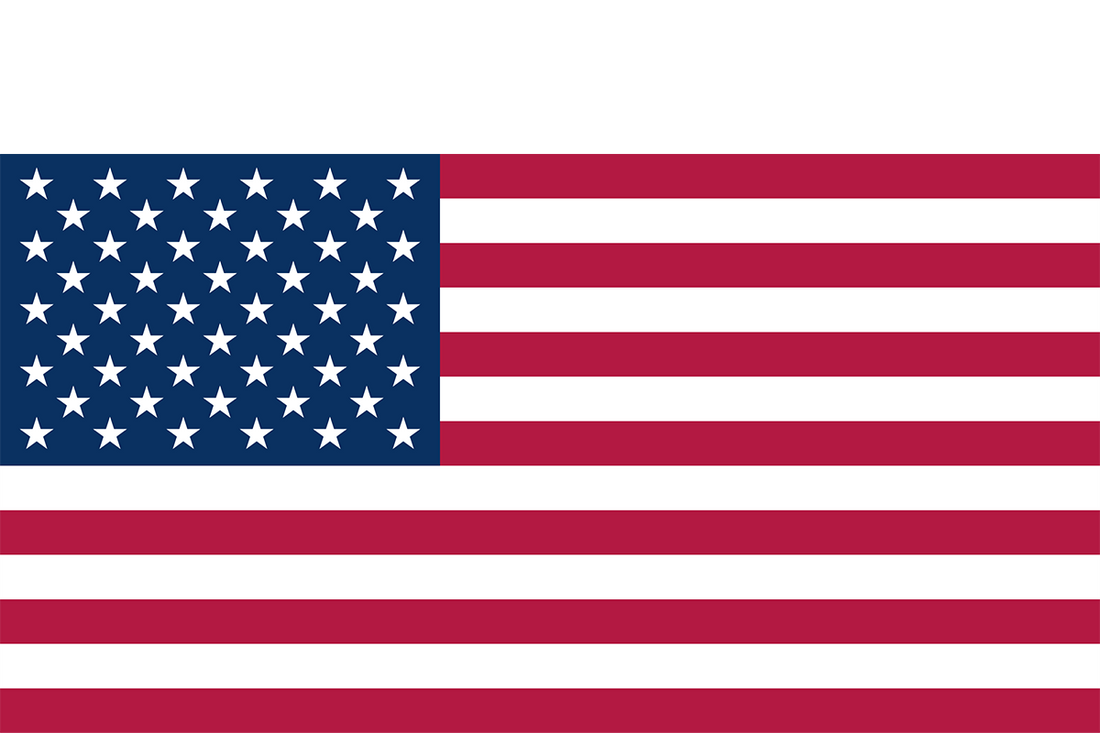
Celebrating Flag Day: The History and Symbolism of the American Flag
Share
Happy Flag Day, patriots! As we approach the 250th anniversary of the Declaration of Independence, Quarter Millennial is proud to honor the Stars and Stripes, a symbol of freedom, unity, and resilience. On June 14th, we celebrate Flag Day, a time to reflect on the history, evolution, and deep meaning of the American flag. Whether you're wearing one of our patriotic tees or raising the flag high, let's dive into the story of this enduring emblem.
The History of the American Flag
The American flag's journey began during the Revolutionary War, when the need for a unifying symbol emerged. On June 14, 1777, the Second Continental Congress passed a resolution stating, "That the flag of the thirteen United States be thirteen stripes, alternate red and white; that the union be thirteen stars, white in a blue field, representing a new constellation." This marked the birth of the Stars and Stripes.
Legend credits Betsy Ross, a Philadelphia seamstress, with sewing the first flag, though historical evidence is inconclusive. What is certain is that the flag became a rallying point for a young nation fighting for independence. Over time, as states joined the Union, the flag evolved to reflect the growing nation.
Versions of the Flag
The American flag has seen 27 official versions since 1777, each adapting to changes in the nation:
- First Flag (1777): Known as the Betsy Ross flag, it featured 13 stars in a circle on a blue field with 13 red and white stripes, representing the original colonies.
- 15-Star Flag (1795): After Vermont and Kentucky joined, the flag added two stars and two stripes. This "Star-Spangled Banner" inspired Francis Scott Key's anthem during the War of 1812.
- 50-Star Flag (1960): The current design, adopted after Hawaii's statehood, features 50 stars and 13 stripes. It’s the longest-used version, in place for over 60 years.
Each version reflects America’s growth, with stars added for new states while the 13 stripes remain a nod to the original colonies.
Symbolism of the Flag
The American flag is more than fabric—it's a powerful symbol of the nation’s values:
- Stars: The 50 white stars on a blue field represent the 50 states, symbolizing unity and a "new constellation" of hope and independence.
- Stripes: The 13 red and white stripes honor the original 13 colonies that fought for freedom.
-
Colors:
- Red: Valor and bravery, reflecting the courage of those who built and defended the nation.
- White: Purity and innocence, signifying the ideals of liberty and justice.
- Blue: Vigilance, perseverance, and justice, embodying the nation’s steadfast commitment to its principles.
Every element of the flag tells a story of sacrifice, unity, and the pursuit of a more perfect union.
Why We Celebrate Flag Day
Flag Day commemorates the adoption of the flag’s design on June 14, 1777. While not a federal holiday, it’s a time to honor the flag’s role in American history and culture. The tradition began in 1885 when a Wisconsin schoolteacher, Bernard J. Cigrand, organized students to celebrate the flag’s birthday. His efforts led to President Woodrow Wilson officially proclaiming June 14 as Flag Day in 1916, and in 1949, Congress established National Flag Day.
Today, Flag Day inspires Americans to display the flag proudly, reflect on its meaning, and celebrate the values it represents. At Quarter Millennial, we’re passionate about honoring this legacy through our patriotic apparel, crafted with pride via Printful and available on our Shopify store at quarter-millennial.us.
Join the Celebration
This Flag Day, let’s wave the Stars and Stripes with pride and gear up for the 250th anniversary of American independence in 2026. Check out our latest designs on Instagram, Facebook, and X, and share how you’re celebrating using #QuarterMillennial. Together, let’s honor the flag that unites us and the nation it represents.
Happy Flag Day from all of us at Quarter Millennial!
